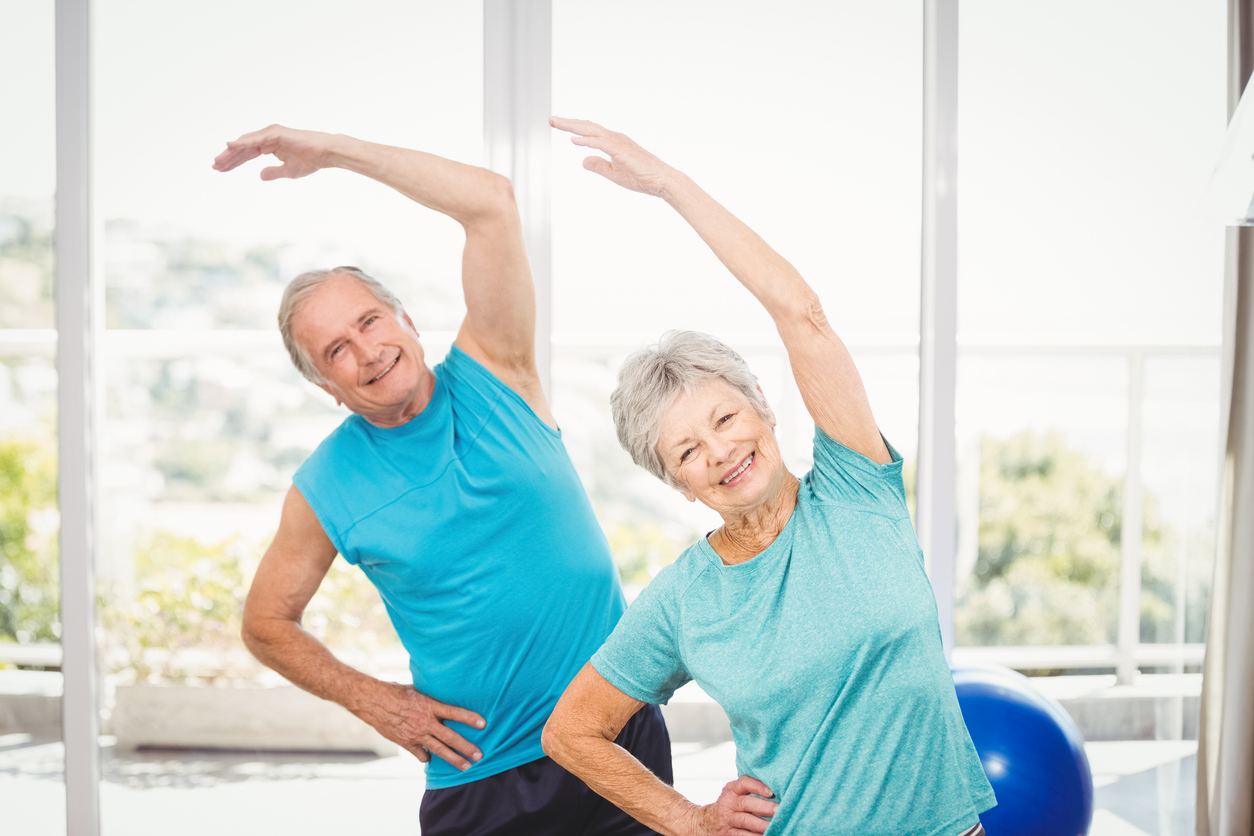
Introduction: Living with chronic pain can be debilitating, affecting every aspect of one’s life. While pain medications provide temporary relief, they often come with side effects and are not a long-term solution. In recent years, physiotherapy has emerged as an effective and holistic approach to managing chronic pain. By combining various therapeutic techniques and personalized care, physiotherapy offers a path towards healing and improved quality of life.
Understanding Chronic Pain: Chronic pain is a complex condition that affects millions of people worldwide. Unlike acute pain, which is a temporary response to an injury or illness, chronic pain persists for weeks, months, or even years. It can be caused by conditions such as arthritis, fibromyalgia, or nerve damage. The physical, emotional, and psychological toll of chronic pain can be overwhelming, leading to a diminished sense of well-being.
The Role of Physiotherapy: Physiotherapy takes a multidisciplinary and integrative approach to manage chronic pain. It focuses on addressing the underlying causes, reducing pain, improving physical function, and enhancing overall well-being. Here’s how physiotherapy can help:
- Assessment and Individualized Treatment Plan: A physiotherapist begins by conducting a thorough assessment of the patient’s condition, considering factors like medical history, lifestyle, and pain triggers. Based on this evaluation, they develop a personalized treatment plan tailored to the individual’s needs.
- Physical Therapy Techniques: Physiotherapists employ a range of techniques to alleviate chronic pain. These may include manual therapy, joint mobilization, soft tissue manipulation, and therapeutic exercises. These techniques aim to improve flexibility, strengthen muscles, and restore mobility, leading to reduced pain and improved functionality.
- Pain Education and Self-Management: Physiotherapists play a crucial role in educating patients about their pain condition, helping them understand the underlying mechanisms and triggers. They teach self-management techniques, such as relaxation exercises, ergonomic modifications, and home-based exercises, empowering patients to take an active role in their pain management journey.
- Mind-Body Approaches: Recognizing the interconnectedness of the mind and body, physiotherapy incorporates mind-body techniques such as mindfulness, meditation, and breathing exercises. These approaches help patients develop coping strategies, reduce stress, and enhance their overall well-being.
- Lifestyle Modifications: Physiotherapists work closely with patients to identify lifestyle factors that may contribute to chronic pain. They provide guidance on nutrition, sleep hygiene, stress management, and ergonomic adjustments, creating a supportive environment for pain management.
Conclusion: Physiotherapy offers a comprehensive and integrative approach to managing chronic pain. By addressing the physical, emotional, and psychological aspects of pain, it empowers individuals to regain control over their lives and find relief. If you or your loved one is struggling with chronic pain, consider exploring the possibilities that physiotherapy can offer. With the guidance of a skilled physiotherapist, you can embark on a journey towards healing, improved function, and a brighter, pain-free future.
Remember, you are not alone in your pain, and there is hope for a better tomorrow.

Introduction: As we age, it becomes increasingly important to prioritize our physical well-being and maintain an active lifestyle. Regular exercise not only improves physical strength but also enhances mental health, flexibility, balance, and overall quality of life. For senior citizens, staying active is especially crucial to maintain independence and prevent the onset of chronic diseases. In this blog, we will explore the five best exercises for senior citizens, focusing on activities that are safe, effective, and enjoyable for older adults.
- Walking: Walking is a simple yet powerful exercise that can be easily incorporated into a senior’s daily routine. It is low-impact, reduces the risk of heart disease, strengthens bones and muscles, and helps maintain a healthy weight. Walking also provides an opportunity for social interaction, as seniors can join walking groups or walk with friends and family. Start with short distances and gradually increase the duration and intensity as fitness improves. Remember to wear supportive footwear and choose safe walking paths.
- Water Aerobics: Water aerobics, performed in a pool, offers numerous benefits for seniors. The buoyancy of water reduces stress on joints, minimizing the risk of injury. Water also provides resistance, enhancing muscle strength and flexibility. Water aerobics classes often include gentle movements, such as walking, arm circles, and leg lifts, combined with rhythmic breathing exercises. These classes are not only effective but also provide a social and supportive environment.
- Chair Exercises: Chair exercises are ideal for seniors with limited mobility or balance issues. These exercises can be performed while seated or holding onto a sturdy chair for support. Chair exercises focus on improving strength, flexibility, and range of motion. Examples include seated leg lifts, arm curls with light weights, seated twists, and shoulder rolls. Online resources and exercise DVDs specifically designed for seniors are readily available, making it easier to follow guided chair exercise routines.
- Tai Chi: Tai Chi is an ancient Chinese martial art that combines slow, flowing movements with deep breathing and meditation. This low-impact exercise promotes balance, flexibility, and mental relaxation. Tai Chi has been shown to reduce the risk of falls in older adults and improve overall well-being. Many community centers, senior centers, and fitness facilities offer Tai Chi classes tailored for seniors. With regular practice, seniors can experience increased stability, reduced stress, and improved posture.
- Strength Training: Maintaining muscle strength is crucial for seniors to perform daily activities and prevent muscle loss, known as sarcopenia. Strength training exercises, using resistance bands or light weights, help seniors build and maintain muscle mass. Focus on targeting major muscle groups, including the legs, arms, back, and core. Strength training not only improves physical strength but also supports healthy bones, enhances balance, and boosts metabolism. Start with light weights and gradually increase the intensity as strength improves.
Conclusion: Regular exercise is an essential component of healthy aging, and it is never too late to start. The top five exercises for senior citizens – walking, water aerobics, chair exercises, Tai Chi, and strength training – offer a range of benefits, from improving cardiovascular health and flexibility to enhancing balance and muscle strength. Remember to consult with a healthcare professional before starting any new exercise program and listen to your body, modifying activities as needed. With dedication and consistency, these exercises can contribute to a fulfilling and active lifestyle in the golden years. Stay active, stay healthy, and enjoy the journey towards healthy aging!


